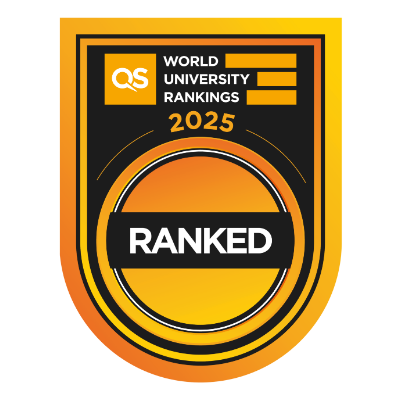Széchenyi professor elected president of EU-MATHS-IN
 The European Union's research and innovation framework programme will be launched this year with a budget of EUR 100 billion, with topics of the tender to be determined on the basis of proposals from large technology platforms such as the European Service Network of Mathematics for Industry and Innovation. In December, the organization elected Dr Zoltán Horváth, professor at Széchenyi István University, as its new president.
The European Union's research and innovation framework programme will be launched this year with a budget of EUR 100 billion, with topics of the tender to be determined on the basis of proposals from large technology platforms such as the European Service Network of Mathematics for Industry and Innovation. In December, the organization elected Dr Zoltán Horváth, professor at Széchenyi István University, as its new president.
The European Service Network of Mathematics for Industry and Innovation (EU-MATHS-IN) is one of the continent's major technology platforms, bringing together the industrial mathematical networks of 17 countries from Spain through France and Germany to Hungary. In the face of stiff competition during the renewal of the Committee’s term of office, Dr Zoltán Horváth, Professor in the Department of Mathematics and Computational Sciences at Széchenyi István University, who had previously served as a member of the Executive Committee and then as Vice-Chairman, was elected President. His term of office is three years. All of this brings recognition to the Győr institution and also to the Hungarian scientific community.

Dr Zoltán Horváth
In answer to our question, Dr Horváth explained that EU-MATHS-IN plays a very important role in the direction of European research in the coming years. "As a continuation of Horizon 2020, this year the EU’s research and innovation framework programme, named Horizon Europe, will be launched with €100 billion of funding. Research topics for the call for proposals are determined on the basis of the opinions of the largest technology platforms, including EU-MATHS-IN. To this end, we have teamed up with seven other platforms, including supercomputers (ETP4HPC), artificial intelligence (AIOTI), 5G (5GIA) or Big Data research organisations (BDVA), to make our proposals together," explained the professor.
He added that in industrial mathematical technologies, in addition to simulation or optimization, the area of digital twins promises to be the most important. The latter represents an extremely long-term new generation of simulation methodology that not only simulates a physical unit of reality, say a wind turbine, but via the data provided by the sensors on it they are constantly recalibrating the model. Digital imaging is of tremendous value because it allows much more accurate predictions of changes, such as failures.
This also shows that industrial mathematics promises forint-beneficial benefits for stakeholders in the economy, and by disseminating good practices in national networks, EU-MATHS-IN also helps to make this known in ever wider circles. The Hungarian HU-MATHS-IN is also a member of the organization, bringing together 22 industrial mathematics research groups from seven Hungarian universities and two research institutes, and also chaired by Dr Horváth. The operation and activities of HU-MATHS-IN have recently been consolidated and have reached their objectives thanks to Széchenyi István University’s successful EU tender.
"These research groups achieve important results by bringing together several disciplines and adding relevant mathematical content. Széchenyi István University also has such a group, which, in addition to mathematicians, has an IT specialist, an electrical engineer and a mechatronics member. So we’re talking about very practical research," he emphasized. He noted that he wants to make heads of companies and decision-makers as aware as possible of this fact. To this end, partner meetings will be held in the first quarter of 2021, focussing on economic impacts of the epidemic, network science and data mining in the healthcare industry, the application of machine learning in medical and industrial settings, financial risk modeling, and mathematical methods in the automotive industry.











